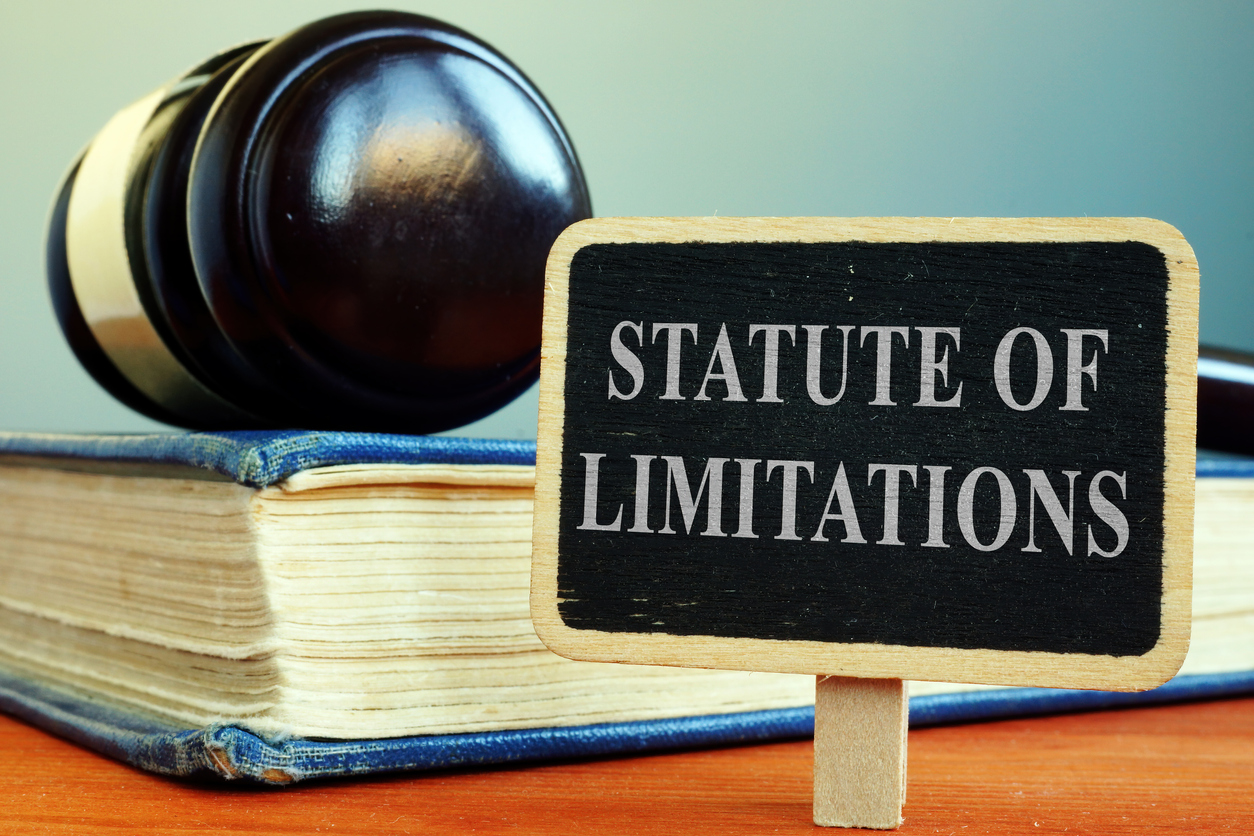Carriers and their lawyer cite the Hamilton1 case for the proposition that a nineteen-month delay in reporting a loss is, as a matter of law, not prompt and therefore prejudices the carrier from investigating the claim. Interestingly, the main evidence presented by the policyholder in Hamilton was deposition testimony from the two insurance adjusters who investigated the claim for the carrier.
The senior adjuster testified that, despite the delay, his investigation was not prejudiced by the delay. The Hamilton court fairly well ignored this evidence, which should have been dispositive. The court decided that since the adjuster was not designated as a corporate representative and because “prejudice” is a legal term, it would ignore this important admission by the head adjuster that his investigation was not prejudiced by the delay in reporting. Instead the Hamilton court made its own findings as to why the court felt like the carrier was prejudiced. What I mean by this is that the court took other facts in the record and bridged the gap between those facts and a finding that the carrier was prejudiced. For example, the court made much of the fact that because of the delay, the carrier could not interview witnesses present at the time of the loss. But the property in Hamilton was the Dallas Plaza Hotel. Anyone staying at the hotel during the storm was gone within a day or so. Therefore, even had the loss been reported within a week of the loss, none of the witnesses would have been around to provide evidence. The court decided, on its own, that the damage to the building increased during the nineteen months leading up the notice of claim and that the policyholder had not mitigated its damages.2 Therefore, in finding prejudice, court stated, “Surely, this limited AIC’s ability to determine whether and to what extent the July Hailstorm damaged the Property.”
The role of the trial court in analyzing delay and prejudice was clarified recently in Herrera v. State Farm Lloyds.3 In Herrera the policyholder notified the carrier of its hail claim almost two years (about 700 days) after the date of loss. State Farm Lloyds moved for summary judgment asking the court to dismiss the case because, as a matter of law, the policyholder had not promptly notified State Farm of the loss.4 (The State Farm policy actually required “immediate” notice).
Laying the groundwork for its opinion the court reiterated the law in Texas that the carrier is excused from performing under the policy if it can show that (1) Herrera breached the prompt notice provision, and (2) the breach was material. The court found that Herrera breached the prompt notice provision by waiting almost 700 days to notify State Farm. But the court did not stop there. Next, the court decided whether the breach was material. Citing Fifth Circuit authority the court found that the breach must prejudice the carrier in some “tangible way,” which must rise above the mere inability to use normal procedures when evaluating the claim. The court pointed out that “courts are powerless to bridge the gap between creation of an environment in which prejudice could occur and the requisite prejudice showing.”5 In other words, it is the carrier who has the burden of showing real and tangible prejudice. It is not the court’s duty to piece together facts and inferences to support a finding of prejudice. The courts are forbidden from inferring prejudice on their own. Finding against State Farm on the issue of prejudice, the court found evidence that State Farm was not prejudiced because, similar to the facts in Hamilton, State Farm’s adjusters were able to investigate the property, differentiate between hail damage and wear and tear, and determine the amount of loss.
Based on Herrera, any carrier trying to avoid a claim based on delayed notice must present and prove real and tangible evidence it was prejudiced by the delay. It is not enough to simply say that the delay kept them from investigating in their normal way. It is not enough to throw a bunch of facts out there hoping the court will piece them together into a finding of prejudice. And the courts may not wade through the facts and infer prejudice, or bridge the gap to a prejudice that was not proved.
1 Hamilton Properties v. The American Ins. Co., 2014 WL 3055801 (Cause No. 3:12-CV-5046-B, N.D. Texas, July 7, 2014).
2 There was no direct evidence that the policyholder failed to mitigate his damages. Rather the court inferred that the policyholder did not mitigate his damages because there was no evidence in the record he had.
3 Herrera v. State Farm Lloyds, 2016 WL 1076911, (Cause No. 5:15-CV-148, S.D. Tex. March 3, 2016).
4 The Herreras failed to file a response to State Farm’s Motion for Summary Judgment. For any non-lawyers out there, this is a huge problem. In that situation the court will find all facts and law in favor of State Farm. But State Farm still had the burden of presenting proper facts.
5 Tumble Steel Erectors, Inc. v. Moss, 304 F. App’x 236, 244 (5th Cir. 2008).



